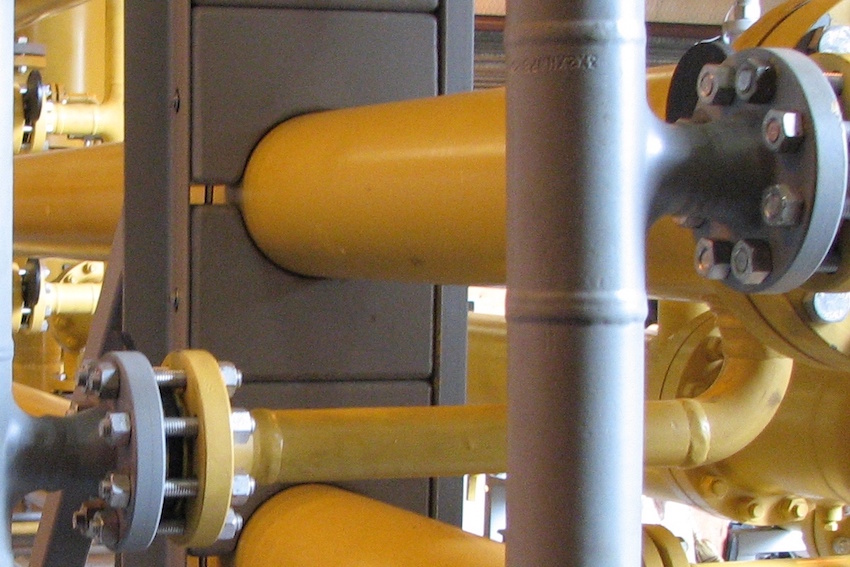
Natural gas can be extracted from a variety of sources, including oil and condensate wells, landfill sites and other underground hydrocarbon reservoirs. When the raw product is obtained, it is almost always laced with some form of impurity.
Among the typical contaminants found in newly acquired natural gas are:
Of these, dissolved oxygen can be a particular problem and, when present in large enough quantities, can lead to a number of issues. There are established methods to remove excess oxygen, preventing and neutralizing the hazards associated with this impurity. Let’s examine a few of the most serious problems that oxygen contamination presents, and take a look at how its removal makes economic sense in the long run.
- Water
- Acid gases such as hydrogen sulfide, carbon dioxide, methanethiol, and so on
- Mercury
- Nitrogen
- Helium
- Oxygen
Of these, dissolved oxygen can be a particular problem and, when present in large enough quantities, can lead to a number of issues. There are established methods to remove excess oxygen, preventing and neutralizing the hazards associated with this impurity. Let’s examine a few of the most serious problems that oxygen contamination presents, and take a look at how its removal makes economic sense in the long run.
Plant Corrosion
Oxygen is a strong promoter of corrosive processes and quickly reacts with many metal components within the plant architecture itself. It does this because oxygen is an oxidant in its own right and also because it accelerates the corrosive effects of any other acid gases present.
Corrosion is extremely costly; it is estimated that U.S. industries lose around $170 billion every year because of it, with the hydrocarbon sector taking the hit for about half of that total. Any efforts to reduce corrosion at the plant site will pay dividends over time.
Degradation Of Treatment Solvents
Raw natural gas that contains hydrogen sulfide and carbon dioxide undergoes a process known as gas sweetening, where it is treated with various amine compounds aimed at removing these harmful impurities. When these amines react with dissolved oxygen in the gas stream, they can degrade.
This causes two potential problems. Firstly, the amines are now functionally useless and are unable to execute their original goal of removing the corrosive acid gases present. Secondly, the degradation products of the amine and oxygen reaction are themselves acidic, causing and compounding corrosion at the plant. Oxygen removal measures retain the usefulness of the gas sweetening compounds and prevent further corrosion from the acid gases and the amine degradation products.
Stream Blending For Purity
Pipeline-ready gas streams must adhere to certain purity and composition regulations, including a maximum oxygen concentration. Historically, gas streams that didn’t meet these purity specifications could be blended with other streams to make them pipeline-ready. The problem with this solution is that the process requires time and uses up plant resources, which are both economically costly. Having the technology to remove oxygen at point avoids this expensive blending process, with attendant cost savings available for use elsewhere.
Potential Loss Of Entire Gas Streams
Sometimes, oxygen-containing natural gas streams can’t be blended, making it impossible to have a pipeline-ready finished product that is suitable for transport to the customer. In the past, this meant that entire streams of gas would be jettisoned, essentially because it was unsalable to end-users. We can now overcome this problem through the use of oxygen-removing technologies.
Oxygen contamination can cause many problems at various stages in the gas refining process, and these problems are expensive to deal with. Implementing oxygen removal as common practice can help keep processing more cost-effective and retain reliable results.